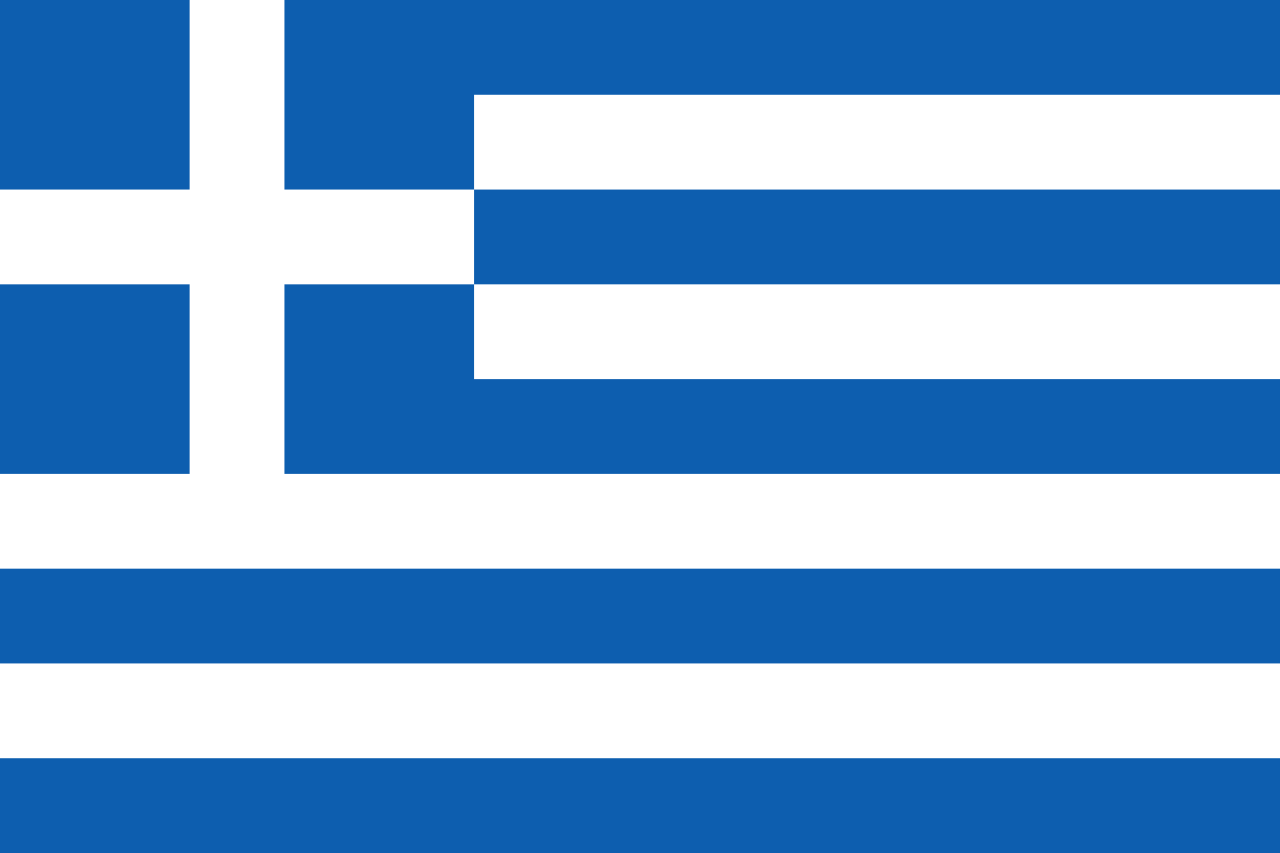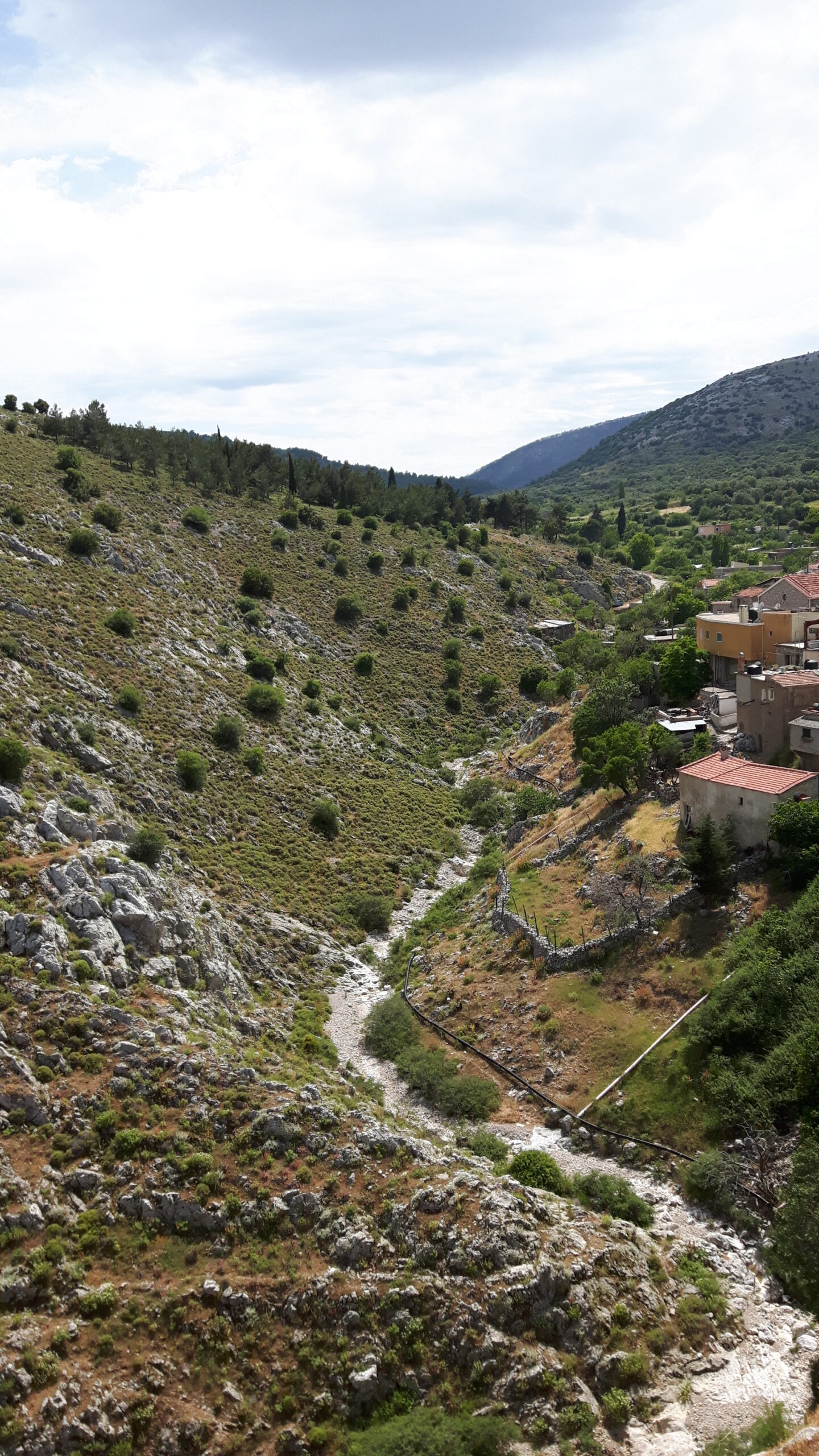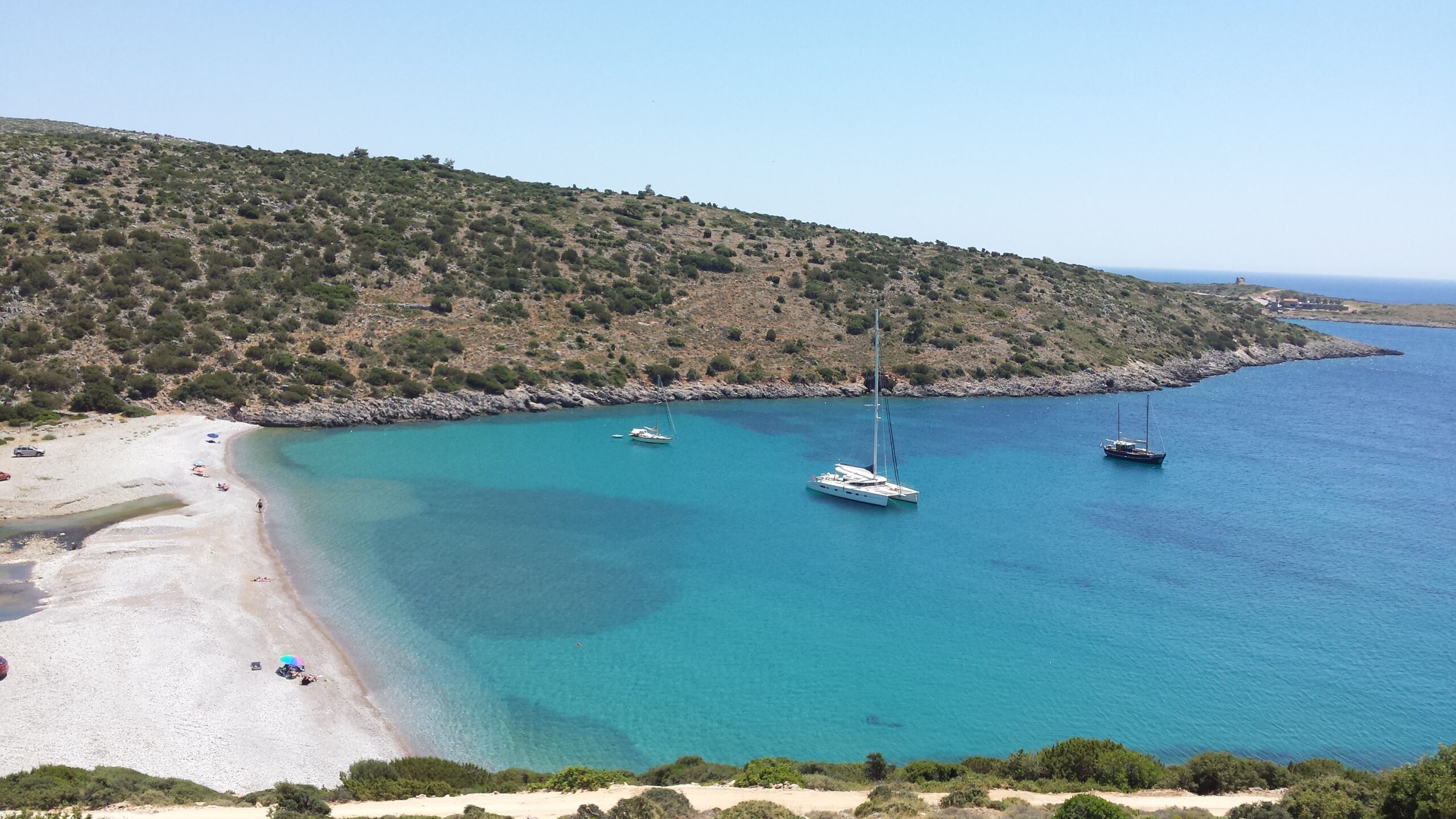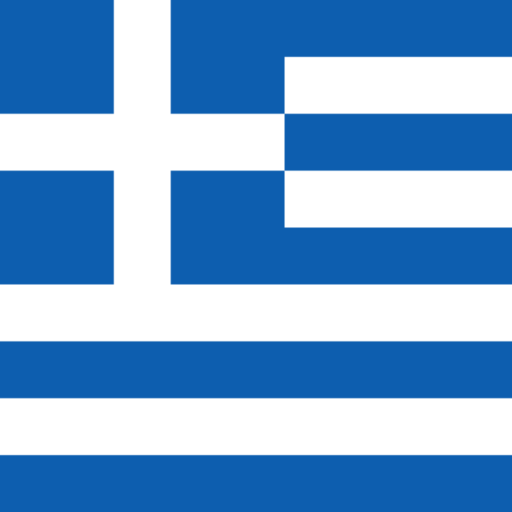
The island of Chios
Το νησί της Χίου
The island of Chios has had several names: Ofiousa, Aithalia and Makris. It was eventually named Chios after Poseidon’s son, Chios, who was born during a snowstorm. Chioni is the Greek word for snow. History says that Homer was born and lived on Chios. He taught on the “Daskalopetra” (master’s rock) also called Homer’s seat. This can be found 6 km north of the capital near the village of Vrondados. The villages are hidden in the interior, spread over the island because of the fear of pirates at the time.
You will find many monuments and antiquities on the island and, despite all this, it has not yet been discovered by mass tourism. Chios has beautiful beaches, beautiful nature and warm, inviting villages that give the impression time has stood still.
Chios town is a fairly modern city with about 25,000 inhabitants, and almost all the houses date after 1881. Despite the fact the city is quite modern, you will find a number of interesting museums and archaeological remains here.
The landscape of Chios varies from high, rugged mountain landscapes to flowering orchards, from medieval villages to picturesque harbours. All these areas have their own fascinating beauty.
The island of Chios covers an area of 842 km². The coast is 213 km in length, and it measures 50 km from north to south. The two smaller islands that make up the province are Psara and Inousses. Turkey is just 8 km from Chios town. The island can be roughly divided into three areas.
The island for everyone
νησί για όλους
Chios has everything, tourist-friendly or quiet beaches, a bustling capital, and quiet villages, culture, history and lots of fun. There is plenty to do for young and old on Chios. Now is your chance to experience it all from your own holiday home.
The northern part of Chios
το βόρειο τμήμα της Χίου
The north of the island is mountainous and has an imposing, rugged beauty. This is often known as Voriochora. High, steep rocks rise out of the sea and form the Pelineos Mountains that reach a height of 1,297 m. Dense pine forests cover much of this region, but large barren limestone mountains can be found here as well. This area is sparsely inhabited and people live in traditional mountain villages.
There are inter-connected caves at Agios Galas on the north-west coast. In addition to the stalactites, traces of human habitation from the Stone Age have also been found. A bay with the port of Marmaro (Kardamila) can be found on the north-east coast. This village (and all of Chios) has produced many great navigators and shipowners. In their honour, here is the imposing statue of “The Captain”. The coastal town of Lagada to the south has a picturesque harbour. This is the perfect location to enjoy the island atmosphere and sample the fresh fish in the taverns.
The beaches of Chios
Οι παραλίες της Χίου
The beaches of Chios are characterised by clear blue water, sand or pebbles, and the beautiful environment of their locations.
The most famous and popular beaches are the beach of Karfas and Emporios, but a drive around the island will help you discover the most beautiful beaches and coves. Some of them are so quiet, even in summer, that you will feel like you’ve landed on a private beach.
A selection of the 70 beaches Chios has to offer can be seen below.









